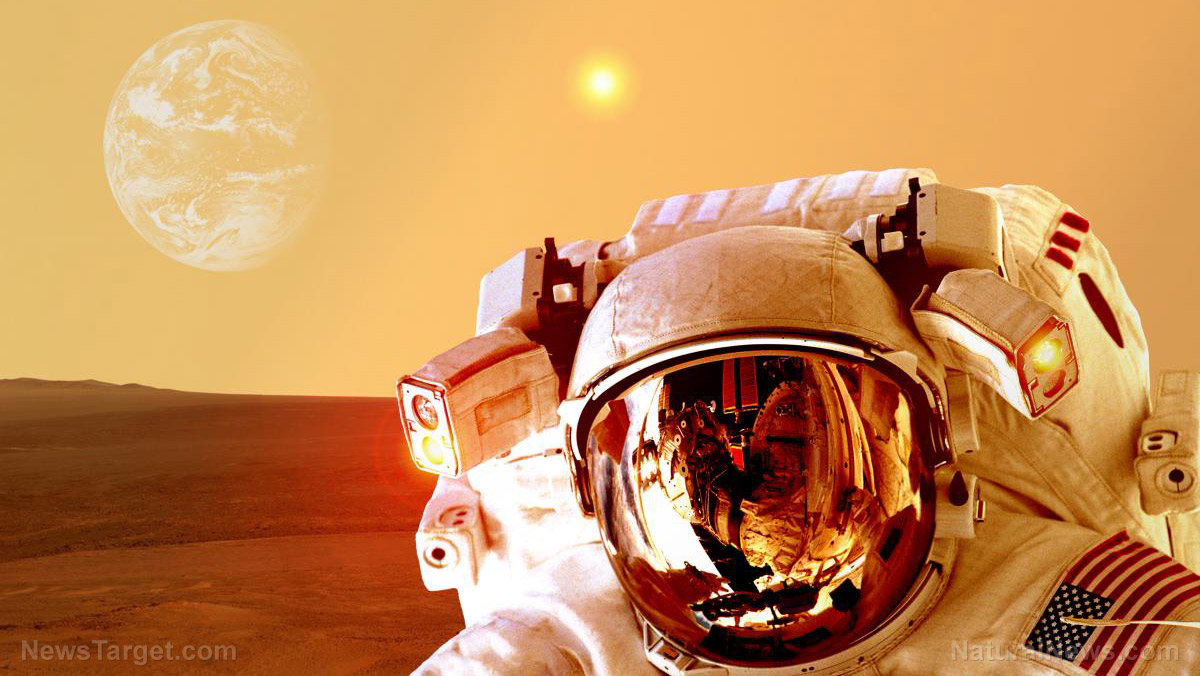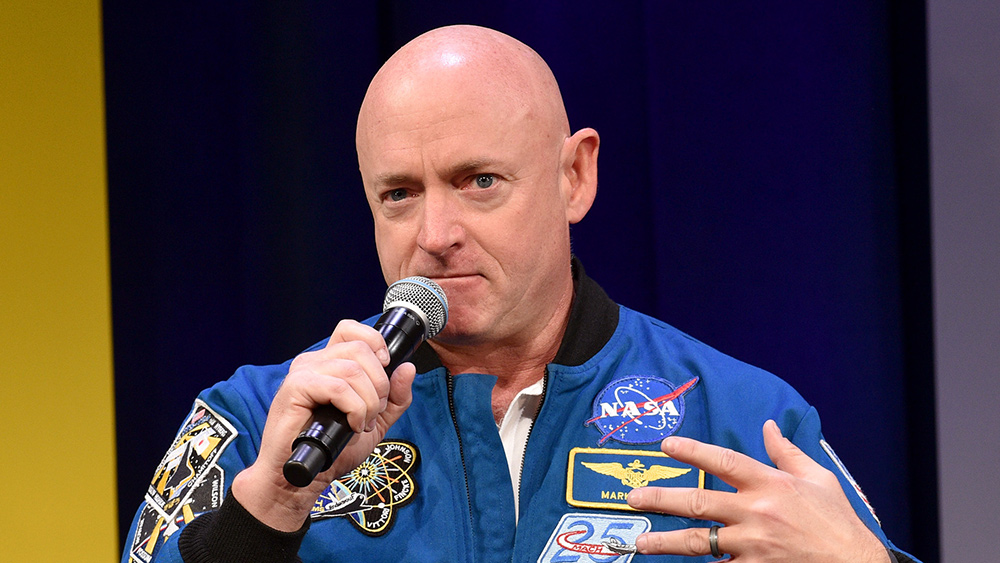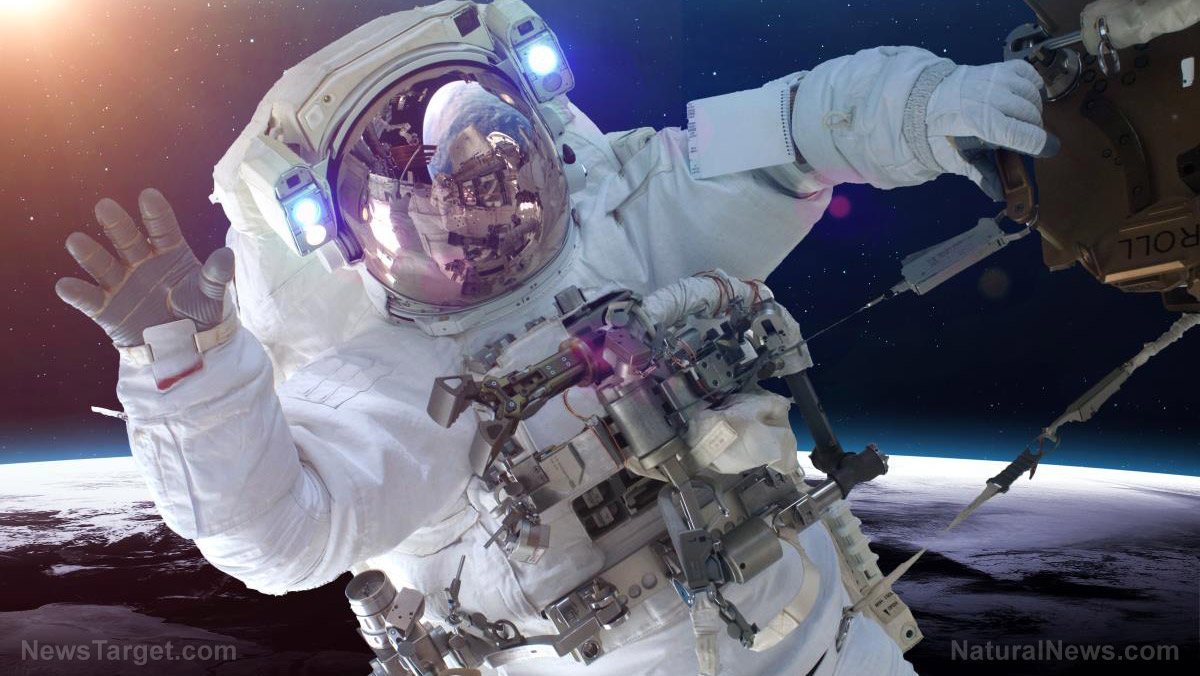
A new study published by NASA (National Aeronautics and Space Administration) has thrown a major wrench into the government's pipe dream of one day sending actual human beings to Mars.
According to the study's findings, the excessive amount of travel time that would be required to get astronauts all the way to the fourth body in the Milky Way would ultimately kill them – the reason being that these astronauts' gut bacteria would become completely depleted long before they even set foot on the Red Planet.
This revelation mirrors the results of earlier studies that came to similar conclusions from the perspective of brain function. Sitting in a spaceship for such a long period of time would not only lead to astronauts prematurely aging, but would also destroy their brains, possibly rendering them as human "vegetables."
The biggest issue seems to be all of the violently thrashing radiation that's constantly moving through space. Long space journeys would expose astronauts to levels of radiation so high that their bodies would essentially end up shutting down and dying.
NASA researchers verified this by testing such a scenario on experimental mice. They learned that the mice's bodies weren't keen on receiving the equivalent amounts of space radiation that astronauts would receive while traveling from Earth to Mars.
"Heavy ions such as iron and silicon are damaging because of their greater mass compared to no-mass photons such as x-rays and gamma (?)-rays prevalent on earth as well as low mass protons in outer space," says Kamal Datta, a senior scientist both at NASA and the Georgetown University Medical Center, and the study's lead author.
Sending astronauts to other planets could cause them to develop cancer
Another strong possibility associated with this type of intense space travel is that astronauts who engage in such missions will have a greatly increased risk of developing The Big C: cancer.
That's because these same heavy doses of space radiation have the strong potential to mutate healthy human cells and cause them to go "rogue." If the immune system isn't capable of overcoming this onslaught, then astronauts exposed to such radiation are highly likely to develop tumors.
"With the current shielding technology, it is difficult to protect astronauts from the adverse effects of heavy ion radiation," adds Datta. "Although there may be a way to use medicines to counter these effects, no such agent has been developed yet."
How astronauts have been able to walk on the moon can be explained by the fact that such missions are far shorter than what would be required to reach Mars. Because the human gastrointestinal (GI tract) has a profound ability to repair and regenerate itself, doing so every three to five days, quick trips to the moon are far different than lengthy missions to Mars would be.
"While short trips, like the times astronauts traveled to the Moon, may not expose them to this level of damage, the real concern is lasting injury from a long trip such as to Mars or other deep space missions which would be much longer," says Datta.
The worst thing the NASA scientists learned from their inquiry is that the damage incurred by space radiation appears to be permanent and irreversible. This suggests that the space agency needs to think long and hard about even trying to send astronauts on missions to far-away planets like Mars – let alone the agency's lofty plans to actually try to populate Mars with humans.
"We have documented the effects of deep space radiation on some vital organs, but we believe that similar damage responses may occur in many organs," Datta concludes. "It is important to understand these effects in advance so we can do everything we can to protect our future space travelers."
For more space news, be sure to check out SpaceTravel.news.
Sources for this article include:
Please contact us for more information.





















